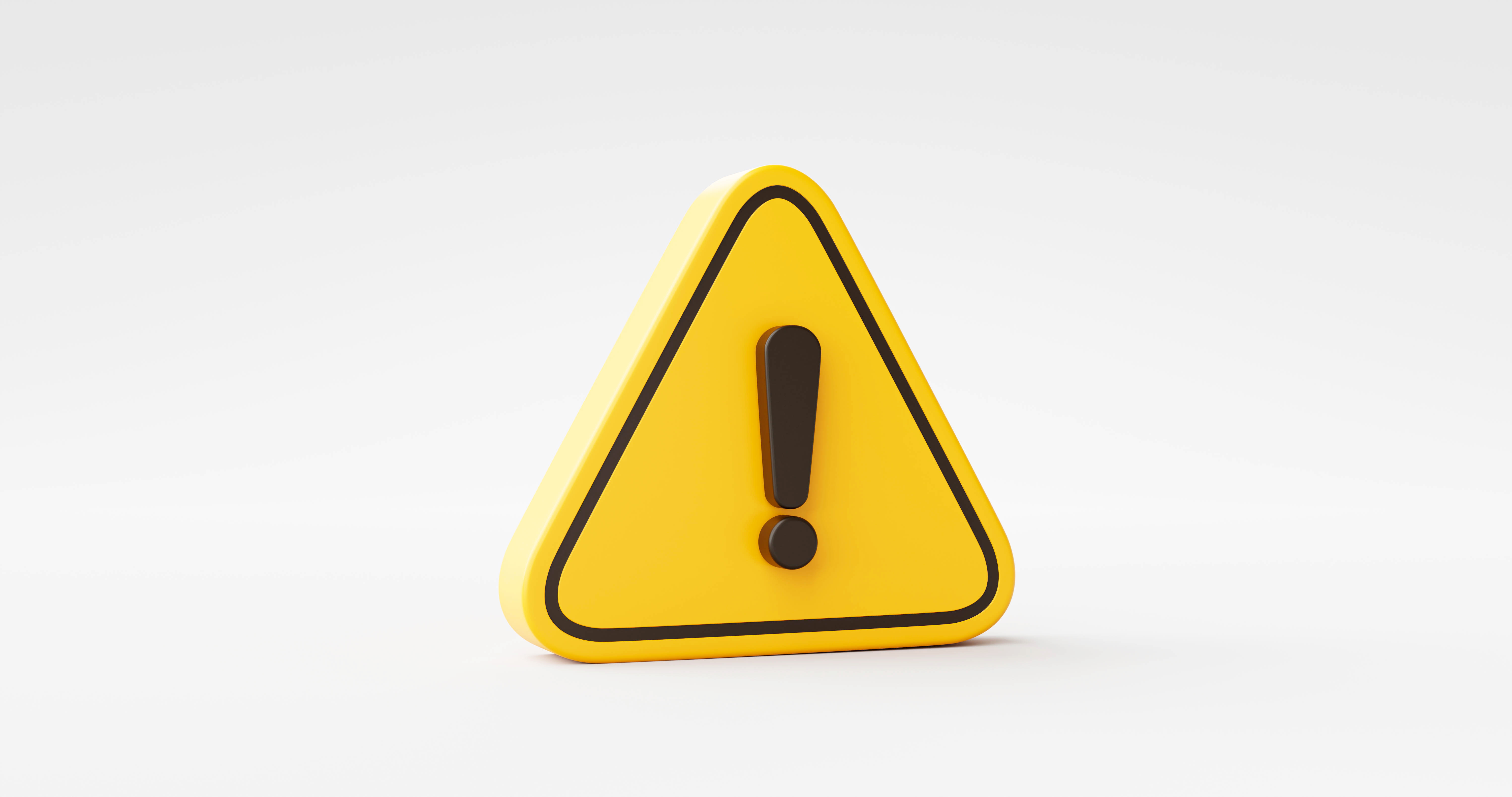Increasing vehicle imports
The number of vehicles on the streets of Nepal continues to steadily increase, growing by an astonishing 43 percent in the fiscal 2015/16 as compared to 2014/15. This despite the fact that during the four months of the border blockade Nepal didn’t import a single vehicle. The rapid rise in vehicle imports in Nepal has been attributed primarily to three factors: lower interest on vehicle loans, rise in remittance after the blockade and improved state of motor roads all over Nepal. The fact that Nepalis have more money in their pockets is certainly something to be celebrated. So is the road penetration of the districts that were heretofore considered inaccessible. And it is not just private vehicles for the rich that are being imported in greater numbers. The import of buses and trucks to be used in public duty has also seen an exponential growth. If we have good public vehicles that can run on good roads, then travelling in the country, for both personal and business purposes, will be affordable to members of even the most economically deprived communities. Affordable travel will then increase their access to quality healthcare and education and boost social mobility.
But this sudden spurt in import of motor vehicles is not all good news. The roads of Nepal, many of which pass through some of the most treacherous terrains in the world, are not the easiest to navigate. Especially during the monsoons we get to hear of many accidents in hilly regions, resulting in hundreds of deaths. As we went to press on Monday, 31 people were reportedly killed when a passenger bus skidded off the road and tumbled down a steep slope in Kavre district. Such deadly accidents are sadly more of a norm rather than exceptions during the rainy season. The frequency of such accidents will only increase with more public vehicles plying the same slippery, flood-prone roads. So, along with the number of vehicles, the number of traffic personnel will also have to be drastically increased to ensure passenger safety. But that is not the only concern associated with increased vehicle imports. Kathmandu already witnesses some of the worst traffic jams in South Asia. More vehicles will make matters worse for motorists. Then there is the issue of pollution.
In 2014, Yale University’s Environment Performance Index (EPI) ranked Nepal’s air quality 177th out of the 178 countries surveyed. The main reason for such an alarming level of air pollution is the growing number of smoke-belching vehicles in the country. This is not surprising. The green ‘pollution free’ stickers for vehicles can be easily obtained for 100 rupees a pop even if your vehicle is unfit for the road. Apparently, the only machine in the country capable of calibrating the quality of vehicle smoke has been kaput for years. In this situation, importing more vehicles will only add to the already dangerous air pollution. Here are more such hidden costs of motor vehicles. True, greater imports hint of more purchasing power of Nepali consumers and more tax revenues. But at what cost?
Pregnant women succumbs to coal smoke injury in Jumla



































